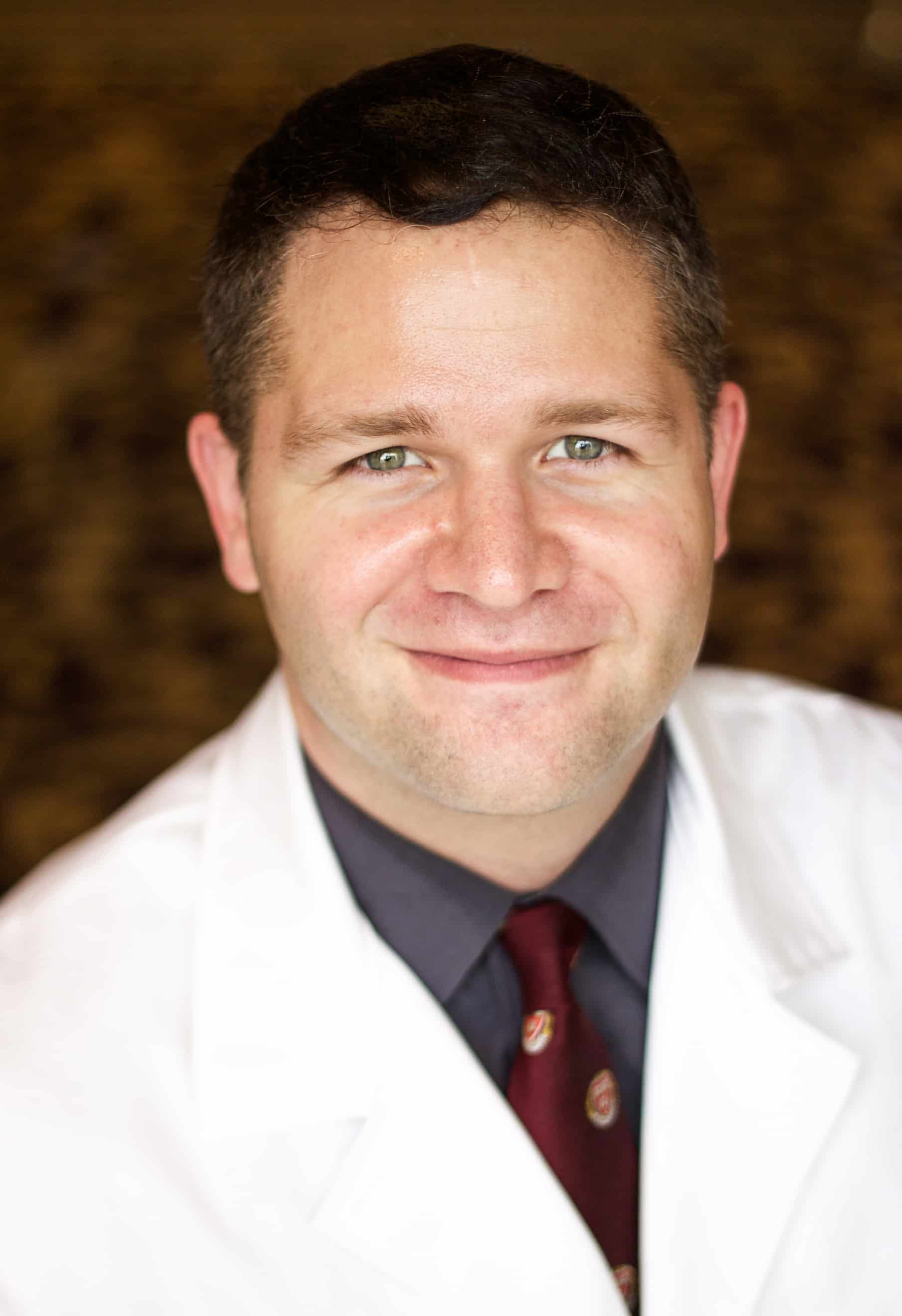Cardiac events are major postoperative complications that can occur in patients undergoing total knee arthroplasty and total hip arthroplasty. Some studies have shown that serious cardiac complications, including myocardial infarction and cardiac arrest, account for 7% to 20% of all major systemic complications following these procedures. “Hospitals are increasingly implementing performance-based outcome metrics and penalizing those with high readmission rates after elective procedures like these,” explains Andrew J. Schoenfeld, MD, MSc. “As such, it’s important to look at risk factors that may play a role in the development of cardiac complications after total knee arthroplasty and total hip arthroplasty.”
Little is known about how patient-based risk factors affect risks for postoperative cardiac complications among total knee and hip arthroplasty recipients. Understanding these risk factors can help clinicians counsel their patients before their surgery. By identifying high-risk patients, targeted interventions can be developed to improve patient outcomes and reduce the incidence of unplanned hospital readmissions and morbidity after total knee and hip arthroplasty.
A Detailed Investigation
Previous studies on adverse postoperative cardiac outcomes after arthroplasty may be limited because their samples usually come from individual centers and the surgeons performing these procedures may have extensive experience. In the Journal of Bone & Joint Surgery, Dr. Schoenfeld and colleagues had a study published that examined the rates, risk factors, and time of occurrence for cardiac complications at 30 days following total knee and hip arthroplasty.
“Our study sample included more than 46,000 patients undergoing either primary unilateral total knee arthroplasty or total hip arthroplasty at numerous medical centers in the United States participating in the American College of Surgeons’ National Surgical Quality Improvement Program (ACS NSQIP),” says Dr. Schoenfeld. For the study, the ACS NSQIP data set from 2006 to 2011 was used to identify all total knee arthroplasties and total hip arthroplasties. Patients were designated as having a history of heart disease if they had a new diagnosis or exacerbation of chronic congestive heart failure or a history of angina within 30 days of surgery, a history of myocardial infarction (MI) within 6 months, and/or any PCI or other major cardiac surgeries at any time.
Overall, the cardiac complication rate was 0.33% at 30 days after patients were treated with total knee or hip arthroplasty (Table 1). No significant differences were observed between arthroplasty groups regarding the occurrence of MI, cardiac arrest requiring cardiopulmonary resuscitation, or the development of a major adverse cardiac event. The 30-day all-cause mortality rates were 0.18% for total knee arthroplasty recipients and 0.35% for total hip arthroplasty recipients. However, the total hip arthroplasty group had a significantly higher 30-day odds ratio of mortality when compared with the total knee arthroplasty group (odds ratio, 1.87).
Risk Factors Identified
The study also revealed several significant independent predictors for major cardiac complications in patients undergoing these procedures (Table 2). “For both the total knee arthroplasty group and the total hip arthroplasty groups, significant risk factors included patients being 80 years of age and older, those with hypertension requiring medication, and those with a history of heart disease,” Dr. Schoenfeld says. A history of transient ischemic attack or cerebrovascular accident was identified as another risk factor for patients undergoing total hip arthroplasty.
Among patients who underwent these arthroplasty procedures and suffered a cardiac complication, 79% of these complications occurred within 7 days of their surgery. About 63% of total knee arthroplasty patients and 77% of total hip arthroplasty patients who had an adverse cardiac event experienced it within 3 days of their procedure. This finding supports the practice of careful patient observation and delaying discharge until at least 3 days after surgery in order to capture possible cardiac events in the hospital.
Put the Data to Work
The number of Americans undergoing primary total knee and hip arthroplasty are projected to continue to climb over the next decade, making it increasingly important to consider the effects of adverse cardiac complications following these surgeries. “Ideally, we want data from our study to be used to develop and validate a simple risk score that is quick and easy to use, applicable to everyone, and meaningful to surgeons,” Dr. Schoenfeld says.
The study noted that patients with one or more of the risk factors identified in the analysis and who are planning to undergo total knee or hip arthroplasty should be considered for preoperative cardiology evaluations and co-managed with cardiology consults during the perioperative period. “With a better understanding of the implications of these risk factors,” adds Dr. Schoenfeld, “we can have more informed preoperative conversations with patients and discuss efforts to reduce risks before surgery.”



 admin
admin